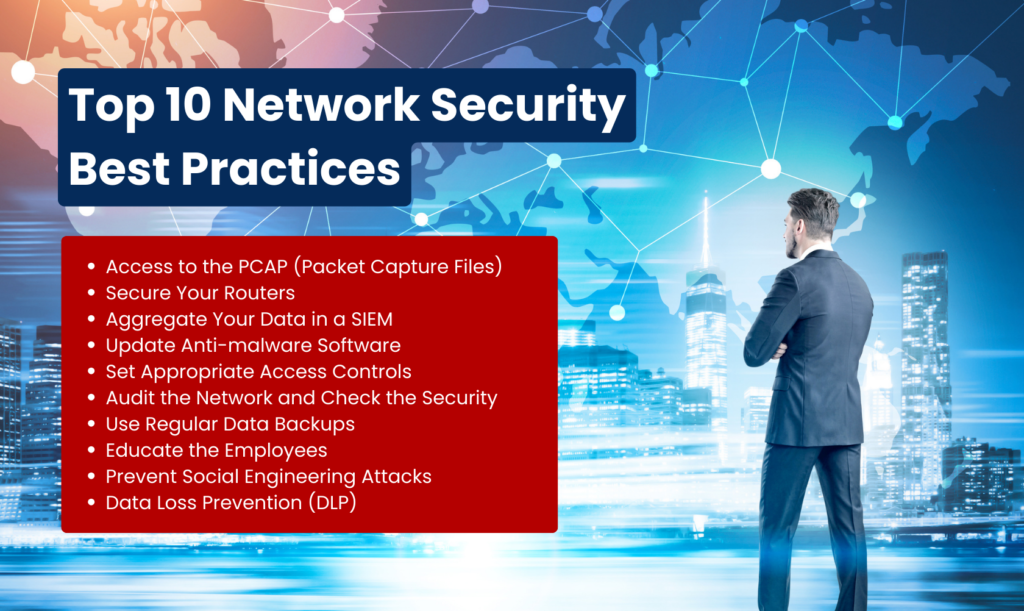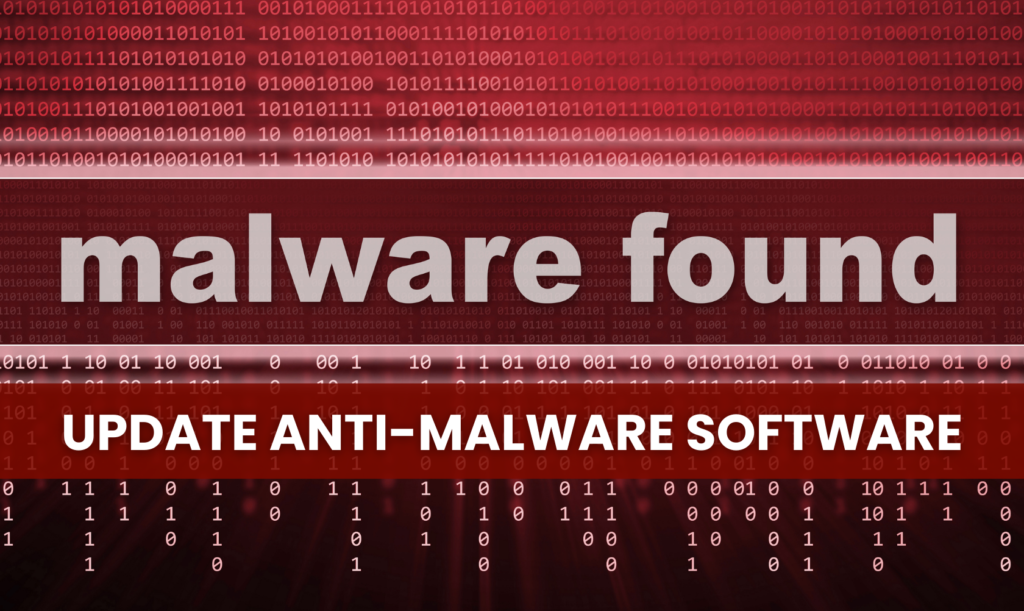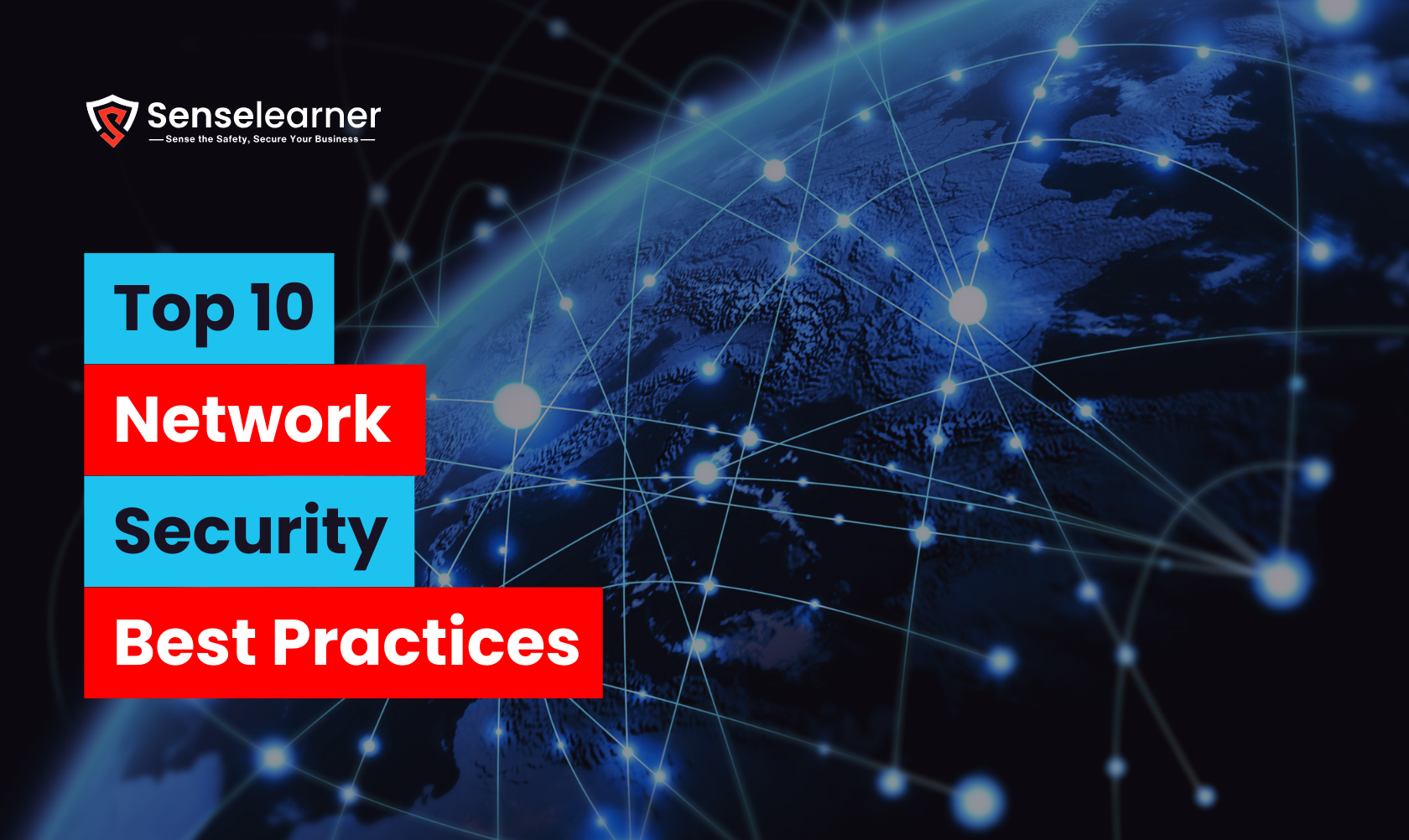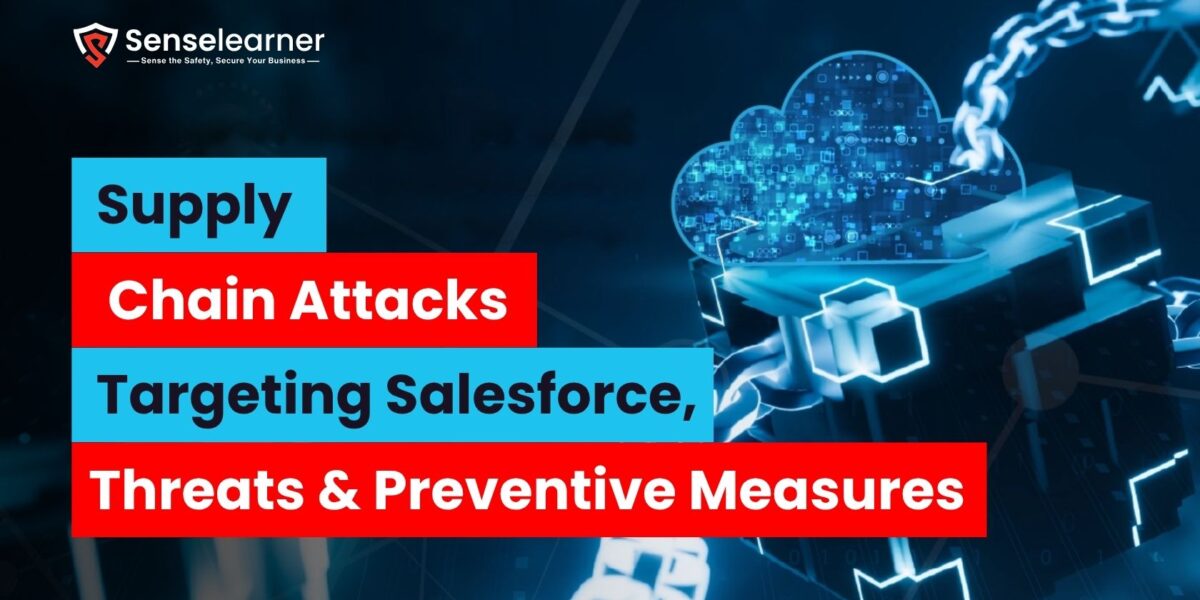Introduction of Network Security
Network security is a critical aspect of maintaining the integrity and confidentiality of data in today’s digital age. With the increasing frequency and sophistication of cyber threats, organizations must prioritize implementing robust network security best practices to safeguard their sensitive information. This article explores the top 10 network security best practices that businesses can adopt to enhance their cybersecurity posture, reduce the risk of breaches, and protect their valuable assets. From understanding the importance of network security to establishing incident response plans, each best practice plays a crucial role in fortifying defenses against cyber threats.
Top 10 Network Security Best Practices

1. Access to the PCAP (Packet Capture Files)
Packet Capture (PCAP) files are crucial assets in the world of network security, offering in-depth visibility into the raw data traveling across a network. These files log every bit and byte of data packets—recording headers, payloads, and metadata—which can then be inspected to identify anomalies, malware communications, or attempted intrusions. Having access to PCAPs enables security professionals to reconstruct entire attack scenarios, trace an attacker’s movements within the network, and even understand how data exfiltration was attempted.
This level of granularity is essential for threat hunting, intrusion detection, and forensic investigations. However, it’s equally important to ensure that access to these files is strictly monitored and limited to trained cybersecurity staff, as PCAPs can contain sensitive and even unencrypted information. This is one the best Network Security Practices
Advantages
| Benefit | Description |
| Deep traffic visibility | Enables analysis of packet-level network communication |
| Forensic investigation | Helps in post-incident investigation and reconstruction |
| Attack vector detection | Identifies how threats entered the network |
| Anomaly identification | Assists in recognizing suspicious behavior patterns |
| Data-driven decisions | Empowers accurate threat response based on evidence |
2. Secure Your Routers
Routers serve as the central communication hub between your internal network and the external internet. If left unsecured, they become vulnerable to unauthorized access, misconfigurations, and exploitation by malicious actors. One of the most common security gaps is failing to change the router’s default username and password, making it easy for attackers to gain access. Beyond credentials, security best practices include disabling unnecessary remote management features, applying firmware updates regularly, implementing access control lists (ACLs), and using strong encryption protocols like WPA3.
Additionally, routers should be configured to use firewalls, deny unknown incoming connections, and segment traffic via VLANs to isolate sensitive systems. A compromised router can result in man-in-the-middle attacks, DNS hijacking, or even total loss of control over network traffic—hence securing them is a foundational element of any robust cybersecurity strategy.
Advantages
| Benefit | Description |
| Prevent unauthorized access | Blocks attackers from exploiting default settings |
| Reduces attack surface | Disables unused ports and services |
| Controls traffic flow | Filters data via firewall and IP policies |
| Enhances network segmentation | Limits breach impact through isolated zones |
| Strengthens endpoint protection | Shields internal devices from external threats |
3. Aggregate Your Data in a SIEM (Security Information and Event Management)
SIEM solutions provide a comprehensive way to collect, analyze, and correlate data from a wide range of sources including firewalls, intrusion detection systems, endpoints, and servers. By centralizing this data, organizations can obtain a 360-degree view of their security posture. These systems use advanced analytics, pattern recognition, and real-time alerts to identify potential threats and initiate automated incident responses. A well-implemented SIEM also facilitates compliance with data security regulations like GDPR, HIPAA, or ISO 27001 by generating audit-ready reports and maintaining immutable logs.
SIEM systems not only improve visibility into on-going threats but also enhance the speed and effectiveness of forensic investigations by providing quick access to historical data. While implementation may seem complex, the centralized insight and risk reduction it offers make it a cornerstone of enterprise security.
Advantages
| Benefit | Description |
| Centralized monitoring | Aggregates logs from all systems in one dashboard |
| Real-time alerts | Identifies and notifies about threats instantly |
| Faster incident response | Speeds up threat detection and resolution |
| Compliance support | Assists with audit logs for regulatory needs |
| Historical analysis | Enables pattern recognition from past data |
4. Update Anti-malware Software

Anti-malware software acts as your digital gatekeeper, defending against a vast array of threats including viruses, ransomware, spyware, trojans, and rootkits. But with cybercriminals constantly developing new and more sophisticated malware variants, simply having antivirus software installed isn’t enough—it must be regularly updated to ensure it can recognize and neutralize the latest threats. Modern anti-malware tools often incorporate real-time behavior monitoring, sandboxing, and AI-based threat detection, but these features depend heavily on the latest signature databases and heuristic rules.
If your software is outdated, it may fail to detect zero-day exploits or advanced persistent threats (APTs), leaving your systems vulnerable. Organizations should implement automatic updates and regular scans across all endpoints to ensure a proactive defense posture.
Advantages
| Benefit | Description |
| Protection from new threats | Recognizes latest malware strains |
| Maintains system integrity | Prevents data corruption and file loss |
| Reduces downtime | Avoids disruptions from infections or slowdowns |
| Supports endpoint security | Shields all devices on the network |
| Enhances user confidence | Promotes safe computing practices |
5. Set Appropriate Access Controls
Access controls are at the core of data security. By limiting who can access what resources and at what level, organizations can prevent data leaks, insider threats, and privilege abuse. Implementing Role-Based Access Control (RBAC) ensures users only have access to the data and systems necessary for their job roles. In more sensitive environments, adding Multi-Factor Authentication (MFA) provides an additional layer of protection by requiring multiple credentials to verify a user’s identity.
Organizations should also regularly audit user permissions and remove access from employees who have changed roles or left the organization. Enforcing the principle of least privilege across your network dramatically reduces the potential damage from compromised accounts or insider misuse. This is one the best Network Security Practices.
Advantages
| Benefit | Description |
| Limits insider threats | Restricts access to only what users need |
| Prevents data breaches | Stops unauthorized users from accessing sensitive data |
| Supports compliance | Meets legal and regulatory access control standards |
| Enhances user accountability | Tracks actions through access logs |
| Strengthens identity management | Leverages MFA for robust authentication |
6. Audit the Network and Check the Security
Regular network audits are like health check-ups for your cybersecurity infrastructure. They involve systematically reviewing all aspects of your network, including hardware configurations, software updates, user permissions, firewall rules, and event logs. The goal is to ensure everything aligns with current security policies and standards. Audits help uncover outdated systems, weak passwords, misconfigured devices, or unpatched vulnerabilities before they can be exploited.
Security audits also provide assurance to stakeholders and regulators that proper protections are in place. When paired with penetration testing and vulnerability scanning, audits offer a clear, data-driven roadmap for continuous improvement in your security posture.
Advantages
| Benefit | Description |
| Identifies vulnerabilities | Detects weaknesses before exploitation |
| Maintains compliance | Ensures adherence to policies and standards |
| Enhances visibility | Offers a clear picture of security posture |
| Promotes proactive defense | Finds issues before they become breaches |
| Optimizes configuration | Keeps systems tuned for peak security performance |
7. Use Regular Data Backups

In the digital age, data is one of the most valuable assets for any organization. Unfortunately, it’s also one of the most targeted by cybercriminals. Regular backups serve as a safety net, allowing organizations to recover from ransomware attacks, data corruption, hardware failures, or accidental deletions. A strong backup strategy includes maintaining multiple backup copies—both on-site and off-site—and testing them regularly to ensure recoverability. Backups should be encrypted to protect their contents and protected by strict access controls.
By integrating backup systems into your overall disaster recovery plan, you not only protect your data but also ensure business continuity in the event of a catastrophic failure.
Advantages
| Benefit | Description |
| Ensures data recovery | Restores lost or damaged files quickly |
| Reduces business disruption | Minimizes downtime from incidents |
| Protects from ransomware | Restores clean versions after attacks |
| Supports legal requirements | Meets data retention and recovery policies |
| Offers peace of mind | Reduces anxiety around data loss scenarios |
8. Educate the Employees
Your workforce can either be your greatest security asset or your weakest link. Cybersecurity awareness training ensures that employees understand the importance of security protocols, recognize common threats like phishing emails, and know how to respond appropriately. It’s essential to conduct regular sessions that keep employees updated on emerging threats, social engineering tactics, and company policies.
Well-informed employees are more likely to report suspicious activities, follow secure practices, and avoid risky behaviors such as using weak passwords or connecting to public Wi-Fi. Over time, education fosters a culture of security, making your organization more resilient from the inside out.
Advantages
| Benefit | Description |
| Reduces human error | Prevents phishing and accidental leaks |
| Encourages vigilance | Promotes awareness of security risks |
| Builds a secure culture | Embeds cyber hygiene in daily tasks |
| Improves incident reporting | Trained employees notice and report threats |
| Aligns with compliance | Supports security training requirements |
9. Prevent Social Engineering Attacks
Unlike technical hacking methods, social engineering relies on psychological manipulation to trick individuals into revealing confidential information or performing risky actions. Attackers may pose as IT staff, business partners, or even executives to gain trust. Defending against social engineering involves a combination of awareness training, stringent verification protocols, and communication security. Employees must be taught to verify requests for sensitive information, question suspicious behavior, and report unusual interactions.
Organizations should also simulate phishing attempts and test employee responses regularly. Creating a human firewall through education and policy is essential in countering this highly effective attack method.
Advantages
| Benefit | Description |
| Stops manipulation-based breaches | Guards against phishing and impersonation |
| Increases skepticism of unknowns | Encourages critical thinking before action |
| Strengthens human firewall | Makes staff less vulnerable to scams |
| Reduces credential theft | Prevents leaks of usernames and passwords |
| Complements technical defenses | Covers gaps technology alone can’t fix |
10. Data Loss Prevention (DLP)
Data Loss Prevention (DLP) is a technology and strategy focused on ensuring sensitive information does not leave the corporate environment in an unauthorized manner. DLP systems monitor data in motion, at rest, and in use—scanning for confidential content like credit card numbers, health records, or intellectual property. They enforce policies that can block emails, file transfers, or cloud uploads that contain restricted data. In addition to preventing accidental leaks, DLP also guards against malicious insiders and compromised accounts attempting to exfiltration information.
By leveraging machine learning and behavioural analysis, modern DLP tools adapt over time to changing risk profiles and improve data visibility across devices and platforms. This is one the best Network Security Practices.
Advantages
| Benefit | Description |
| Protects sensitive data | Stops leaks of confidential info |
| Enforces data policies | Applies rules on data movement and storage |
| Prevents insider threats | Monitors abnormal user behavior |
| Ensures compliance | Helps meet industry data protection regulations |
| Secures endpoints and cloud | Extends coverage across all platforms |
Explore More: Top 10 IoT Security Tools That You Must Know
FAQ
Why is network security important for businesses?
Network security is essential for protecting sensitive business data, preventing cyberattacks, and maintaining customer trust. It ensures that systems stay operational, secure from threats like ransomware or data breaches, and compliant with regulations. A secure network also helps avoid financial losses and reputational damage.
How often should software updates and patches be applied to maintain network security?
Software updates and patches should be applied as soon as they’re available, especially for critical vulnerabilities. Regular monthly updates are common, but urgent patches should be installed immediately to reduce exposure to threats. Automated tools can help manage and streamline this process.
What are some common access control measures that organizations can implement?
Organizations can use role-based access control, multi-factor authentication (MFA), the principle of least privilege, and regular audits to limit access. Time- or location-based restrictions and secure login systems like Single Sign-On (SSO) also enhance access security.
How can employees contribute to enhancing network security within their organization?
Employees can boost security by attending training, following policies, using strong passwords, and reporting suspicious activity. They should avoid clicking unknown links, keep their devices updated, and use secure methods like VPNs and MFA when accessing work systems.



